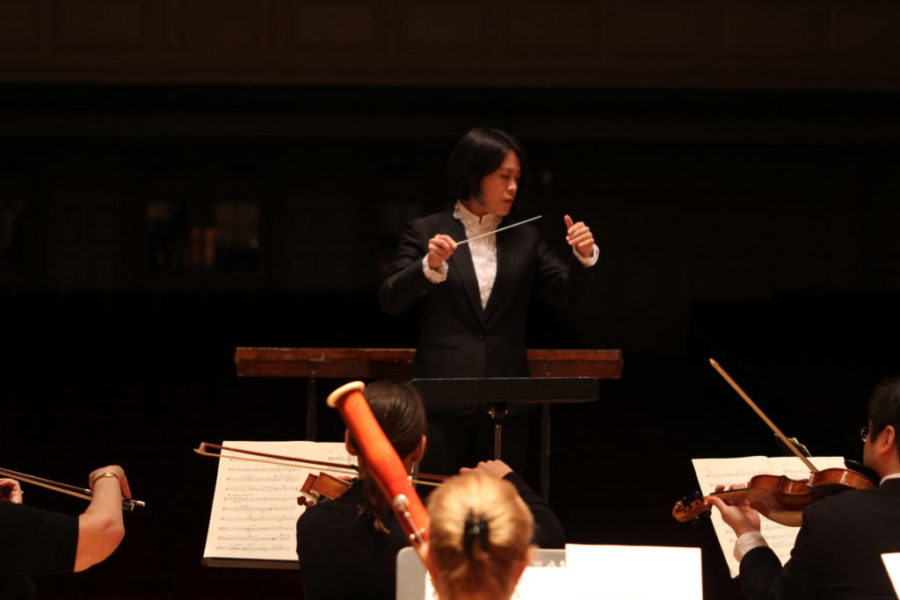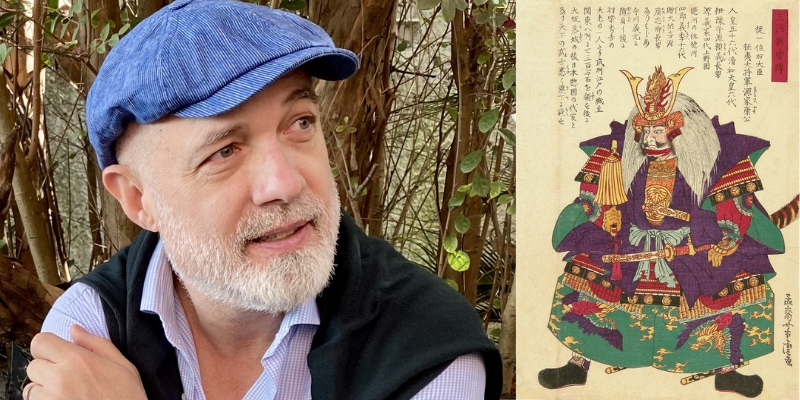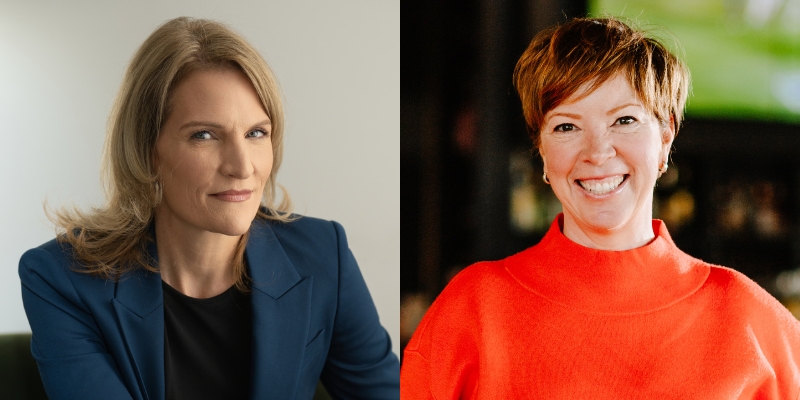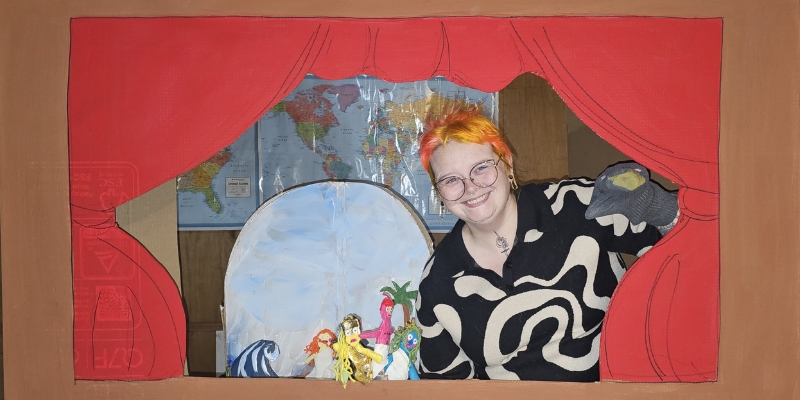Charlie Brown is going to be meeting Dr. Seuss soon. On November 24 on Town Hall’s Great Hall stage, Philharmonia Northwest will be presenting a family concert highlighting the wondrous writer of The Cat in the Hat and the lovely holiday television chestnut that is A Charlie Brown Christmas. You can learn more about the coming concert here.
In the meantime, Town Hall’s Jonathan Shipley sat down with Philharmonia Northwest’s Music Director Julia Tai to discuss Offenbach, brain development, and instrument petting zoos.

JS: Tell me a little bit about yourself.
JT: I am the Music Director of Philharmonia Northwest and the Co-Artistic Director of the Seattle Modern Orchestra. I’ve performed with the Seattle Symphony, American Youth Symphony, Bakersfield Symphony Orchestra, Estonian National Youth Symphony, and many others.
JS: Does Philharmonia NW do a lot of family concerts?
JT: We have done several family concerts in the past, including Prokofiev’s Peter and the Wolf and Saint-Saëns’ Carnival of the Animals. We make it a priority of the orchestra to provide engaging musical experiences for young audiences, whether that’s a family concert or a side-by-side concert with high school musicians. We’ve also invited elementary school students to come watch our dress rehearsals, and have collaborated with young dancers to choreograph live dances in our concerts. Family concerts are very special occasions for sure. We love seeing the audience filled with kids—listening, dancing, and having a good time. In our upcoming concert, we will also have an instrumental petting zoo in the lobby before the concert so kids can get their hands on different instruments.
JS: Why do you think kids should be exposed to classical music?
JT: There are all kinds of studies out there that talk about how music helps kids’ brain development, concentration, and problem-solving skills. But from a musician’s point of view, I want kids to be exposed to the beauty of symphonic music at a young age. Symphonic music is so varied in sound and form. It’s also great at depicting stories, conveying feelings, and evoking imagination—think Fantasia or Bugs Bunny. I think that music can be one of the earliest ways in which a child can really perceive something bigger than life.
JS: What were YOUR earliest introductions to classical music? What struck you about the music in those early years?
JT: My mother was a music teacher at a high school, so my childhood was filled with music. She has lots of videos of famous conductors and orchestras in the world, so I was immersed in music from an early age, even before I start going to live concerts. I also started studying the violin when I was 4 and a half, so very early on music was a big part of my life. I remember the first time a piece of music conjured up feelings of being at the ocean. Making that connection between perception, imagination, and sound was a big discovery for me.
JS: What are some ways parents can bring classical music into kids’ lives?
JT: There are so many resources out there. But mostly I would recommend making music an activity: playing and participating, not just something you play in the background. Just like teaching kids how to read, you can play story tapes, but the most effective way is to sit down with your kid and read a book together. Music leaves a much bigger impact on the kid when they are in the middle of making it. Enroll in a kids’ music class or go to live music concerts. When children see people making music in front of their eyes, it’s a much different experience than listening to it on the radio at home.
JS: Do you have kids? How do THEY like classical music?
JT: Yes, I have a four year old daughter. Music is definitely a big part of her life. We have been going to Music Together classes since she was 18 months old. We always have music in the car or in the house. She loves to sing and dance to it. We want music to be part of life, not just something you ‘do’ occasionally.
JS: What can audiences expect from the show? Why did you choose the pieces you picked for the show?
JT: The show is going to be really fun—it’s good for all ages too. We start with Offenbach’s Overture from Orpheus in the Underworld, which includes the Can-Can Dance that everyone knows. Then we have a symphonic poem for narrator and orchestra that tells one of Dr. Seuss’ stories, The Sneetches. It’s a story about some serious themes like bigotry and exploiting people for profit, but it’s delivered in the delightfully playful rhymes that we love from Dr. Seuss. It ends with a beautiful message about how people can live peacefully together by embracing differences. It’s just so timely to talk about these things—how we can live harmoniously with people that are different from us. The second half of the program is a new piano concerto using the themes from Peanuts. It includes many familiar themes from A Charlie Brown Christmas. It’ll be a great way to start the holiday season.
Tickets are on sale now!


